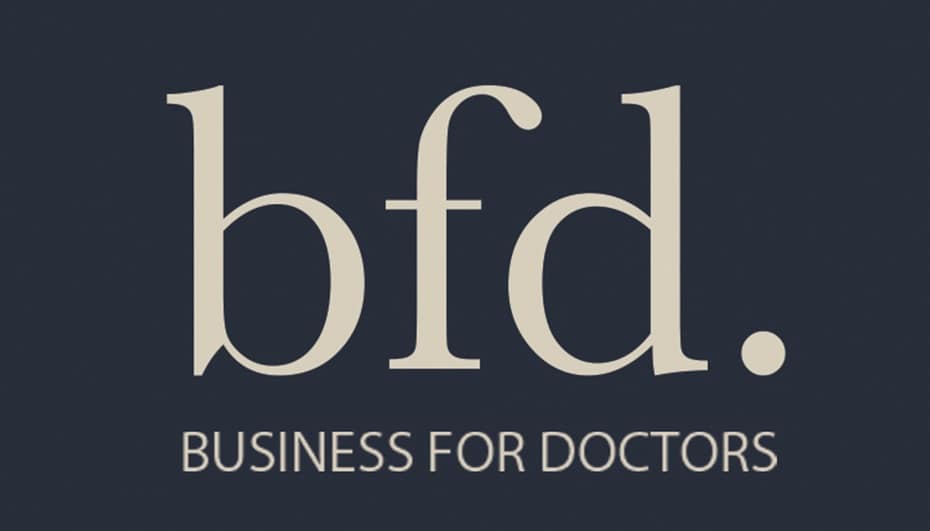The Invincible
Suicide is a taboo topic along with mental health, drug and alcohol addiction and domestic violence. The health profession is the last of the population to reveal its devastating need, often until it is too late.
In 2003 as a first year medical student I experienced my first touch of medical suicide. Two 5th year students from our university killed themselves. Unbeknown to those even close to them they had been suffering the torment of depression and isolation. Externally they oozed charm, character and confidence, while the internal turmoil ate away at their soul.
The Study
The 19 September (2016) publication of the research “Suicide by Health Professionals: a retrospective mortality study in Australia, 2001-2012”, brought fresh memories or my 2003 experience. I was saddened to think that my two colleagues and medical students were unlikely to be included in the “health professionals” figures of 369 deaths by suicide.
Sadly 79 medical professionals, at an average age of 45, took their own lives, during the 11 years of the study data. With access to drugs and poisons, health professionals were more likely to suicide by self-poisoning.
The study conclusion was also disturbing. The rate of suicide among women employed in the health professions been markedly higher than non-health care occupations. IN fact, female health professionals are four-times more likely to commit suicide than the general population.
Relevance
So how can the data from this study help prevent deaths of health professionals? What mechanisms have been engaged to protect and provide resilience to those most at risk? Most importantly how do we identify our colleagues at risk and counsel them in a direction of health and wellbeing?
The first steps have been taking by recognising via this study the increased risk to health professionals. Sadly, most of us were innately aware of the increased risk factors that provide the motive, and the access to drugs which supplies the means.
Building more resilience in medical practitioners starts from the top. Educating supervisors and administrators in the common signs, such as a decline in work performance, poor attendance or a change in attitude towards their medical career, may assist in identifying and assisting high risk professionals.
A change in attitude to reduce the stigma associated with mental illness and a a pathway for medical professionals to seek protected confidential counselling may be a way forward in protecting our cohort.





